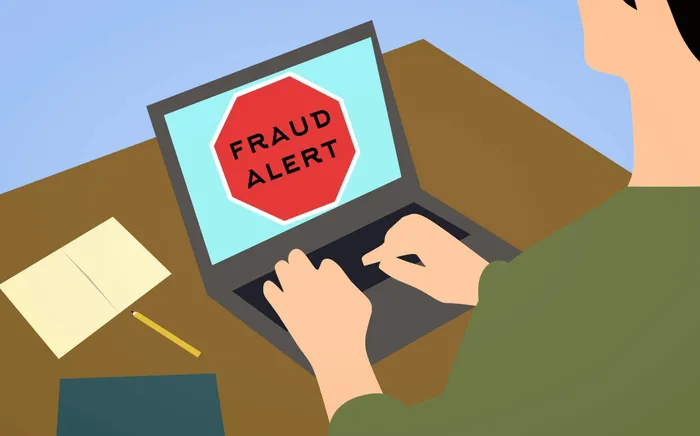How to protect your bank accounts online

JOHANNESBURG - The South African Banking Risk Information Centre urges bank clients to take note of the following tips to protect themselves:
- Do not click on links or icons in unsolicited emails. Never reply to these emails. Delete them immediately.
- Do not believe the content of unsolicited emails blindly.
- Always type in the URL or domain name for your bank in the address bar of your internet browser if you need to access your bank’s website.
- Check it’s your bank’s genuine website before inputting any personal information.
- Make sure you are not on a spoof site by clicking on the security icon on your browser tool bar to see that the URL begins with https rather than http.
- Check for a closed green padlock next to the URL of the website. A green padlock shows that your connection with the website is secured and encrypted.
- If you think you might have been compromised, contact your bank fast.
- Create complicated passwords that are not easy to decipher and change often.
- Banks will never ask you to confirm your confidential information by phone.
- If you receive a phone call requesting confidential or personal information, do not respond and end the call.
- If you receive an OTP on your phone without having transacted yourself, it was likely prompted by a fraudster using your personal information. Do not provide the OTP to anybody by phone. Contact your bank immediately.
- If you lose mobile connectivity under circumstances where you are usually connected, check whether you may have been the victim of a SIM swop.
- Ensure that you confirm any change of banking details with someone you know at the organisation.